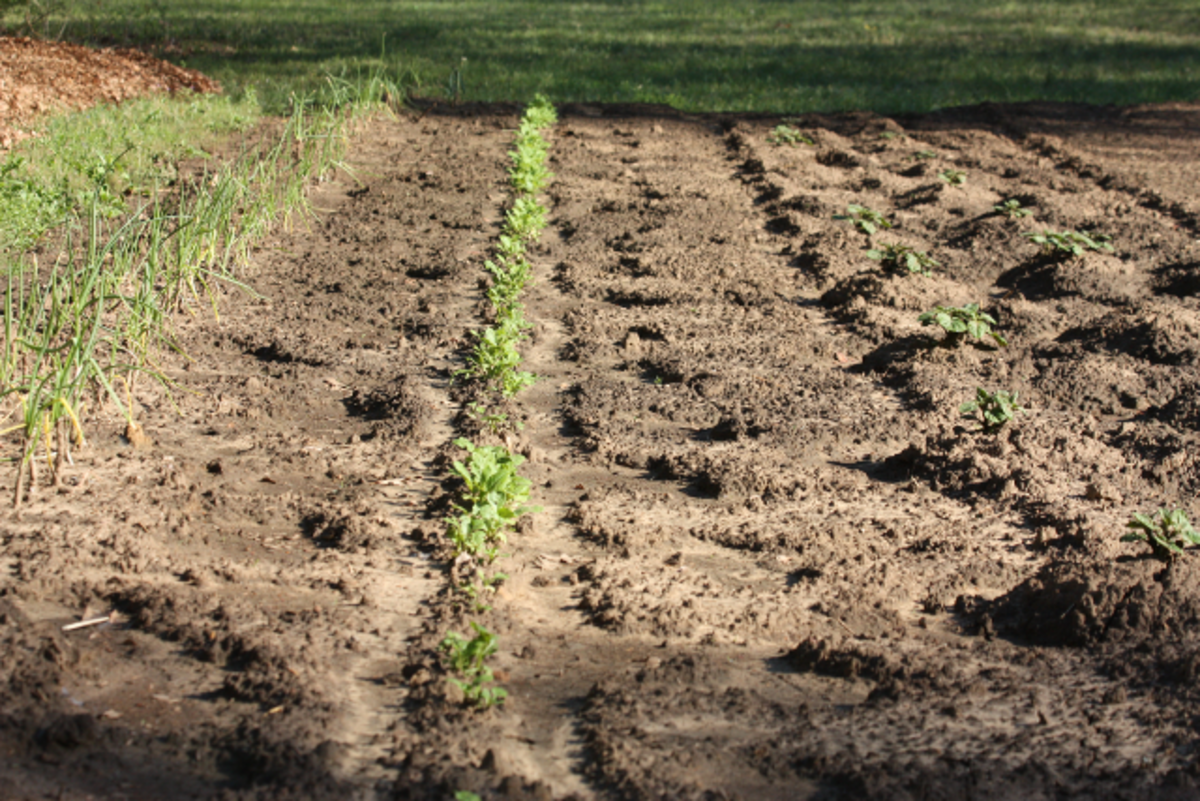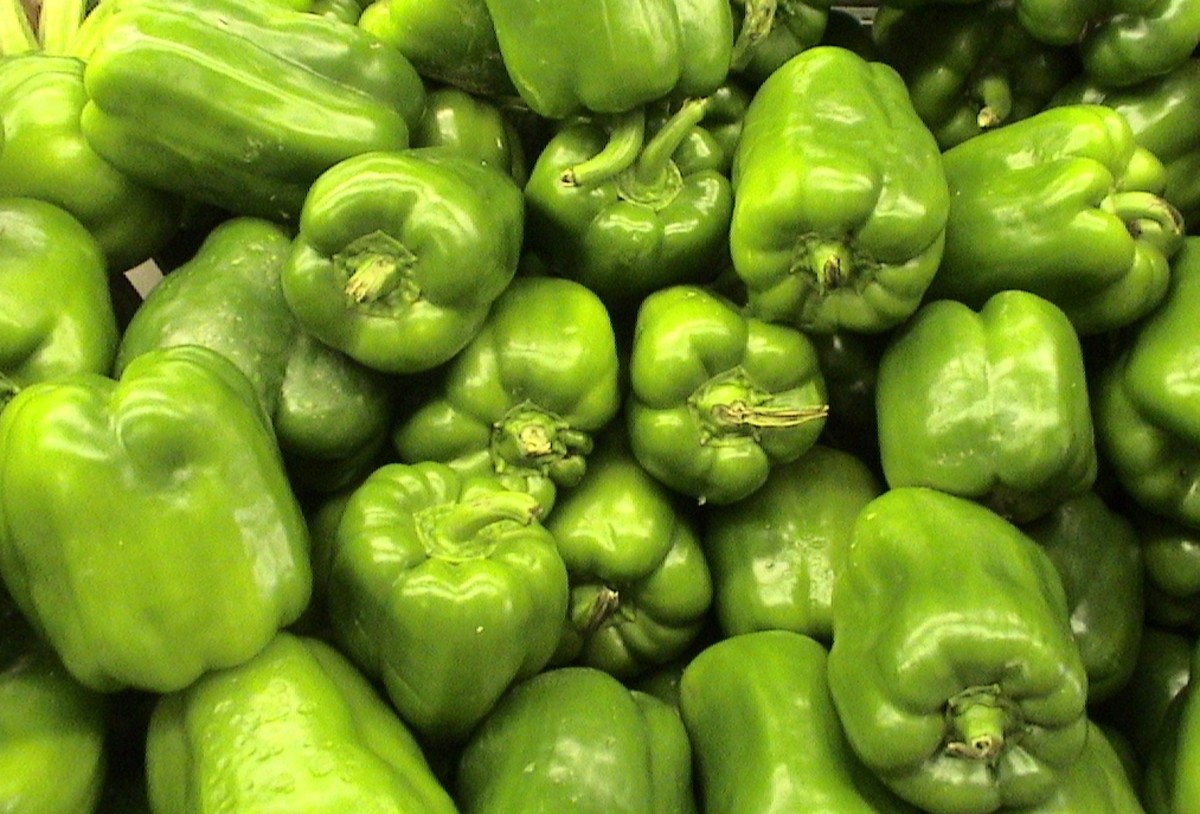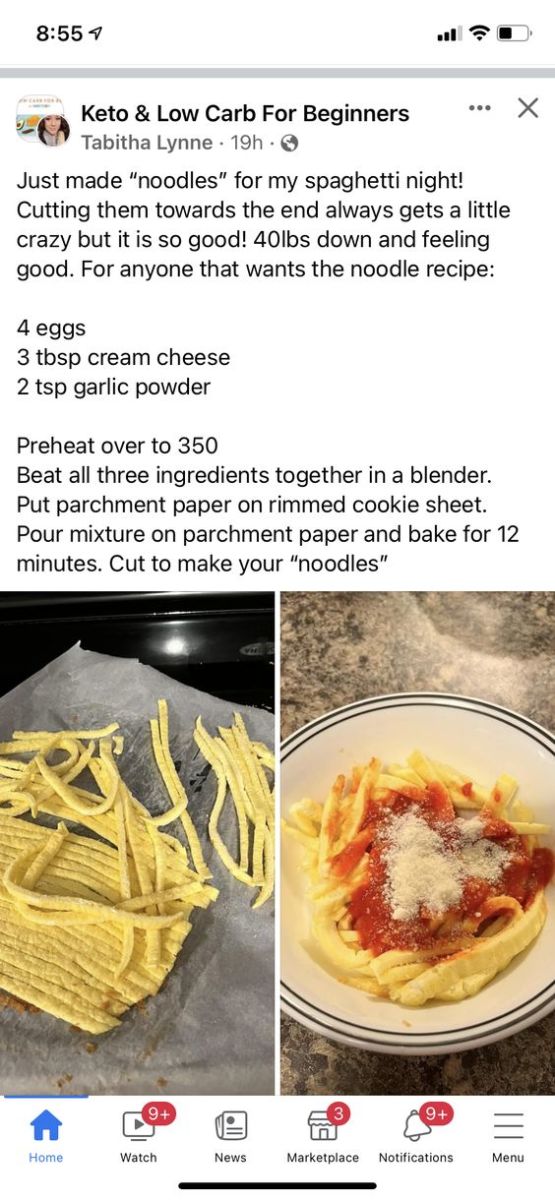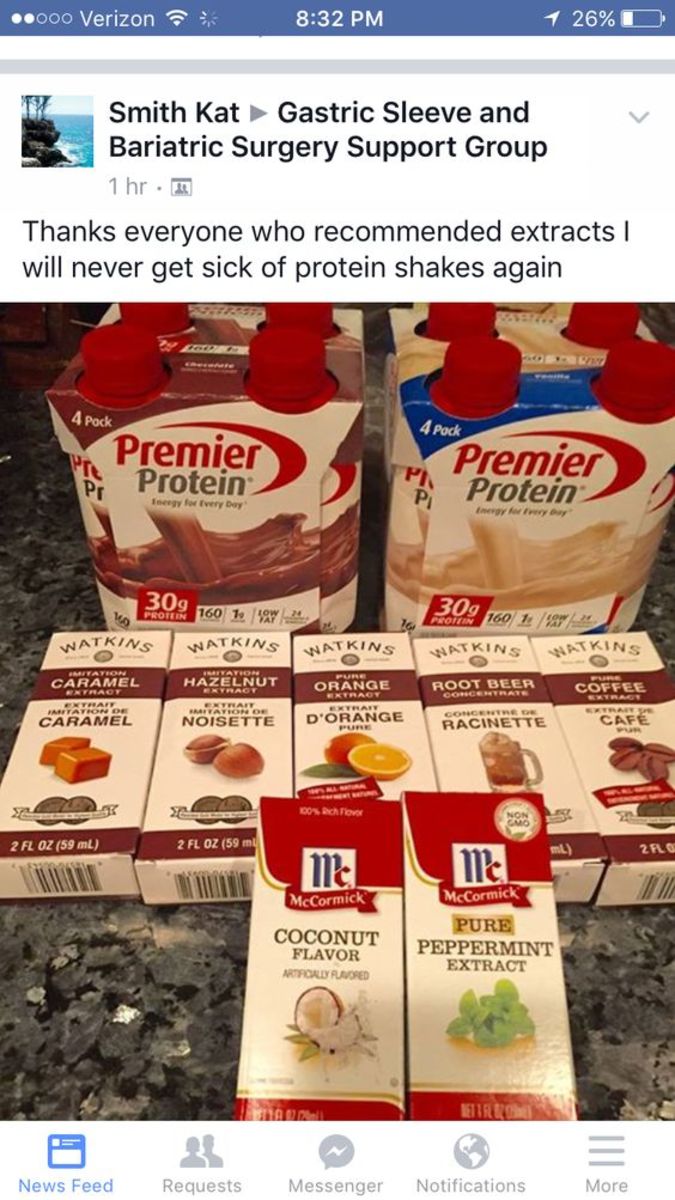Guide To Buying Vegetables - Part Two
Selecting fresh vegetable is very important, it doesn't like frozen vegetables which is transported directly after picking to the factory for flash freezing, like peas. Sometimes we select the vegetables based on sight and smell. Such as: cucumbers or fresh lettuce, they have a garden-fresh aroma.For green leafy vegetables shouldn't have wilted, but it should have a rich green color. When buying fresh vegetables, consider the tips below, or you can check my previous hub with a title "Guide To Buying Vegetables". It's actually part one and you can read the next part of the tips on how to buy vegetables through this hub.
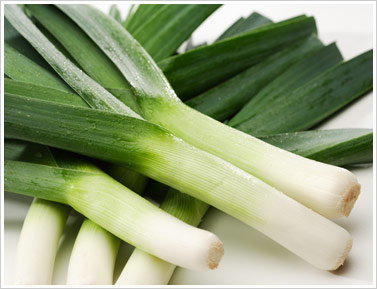
Leeks, green onions, shallots
These are blanched leaf bases or incompletely developed bulbs, with green portion of leaves. Leek is a plant similar to onion, with board, dark green leaves, and a thick, white neck about 1 inch in diameter. It is used cooked or raw, usually for flavoring.
The shallot is related to the onion. It grows in oblong cluster, is pulled before maturity.
All should have green fresh tops, medium sized necks which are well blanched for 2 to 3 inches from the root, which should be crisp and tender. Bruised, yellow, wilted or otherwise damaged tops may indicate poor quality, age, or tough fibrous necks. This condition may be ascertained by puncturing with thumbnail and twisting. Bruised tops are unimportant, as they may be trimmed.
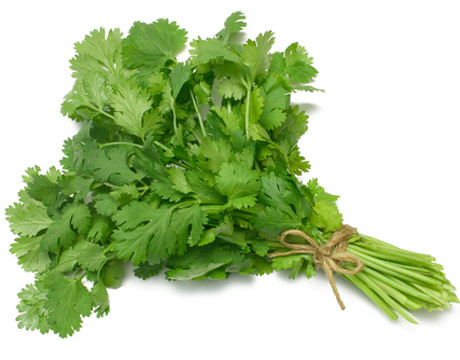
Parsley
Available in three types-plain or flat leaf, curled leaf, and Hamburg (turnip-rooted). Hamburg roots are valuable for flavoring. These should all be a good appearance, bright, green, fresh, and free from dirt or yellowed leaves. Slightly wilted stock may be revived by placing in water, but badly wilted stock is practically worthless.
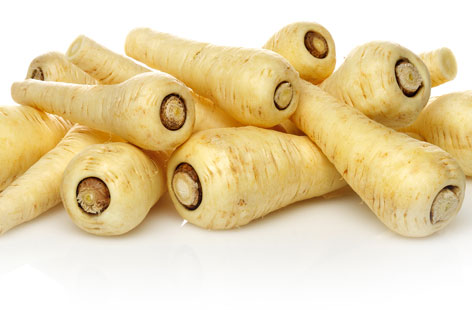
Parsnips
These developed flavor only at near-freezing temperature, are sold in winter and spring. They should be smooth, firm, well-shaped, of small to medium size. Large, coarse roots tend to be woody. Soft, flabby, or shriveled roots are usually pithy or fibrous. Decay may indicated by softness, gray mold or watery soft rot. Misshaped roots may be wasteful.
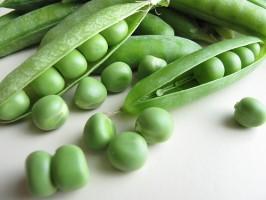
Peas
Peas lose sweetness and flavor as they mature. Best quality are young, fresh, tender, sweet, of good color and bright green pods, velvety to the touch. Some varieties of pods are naturally puffed out, and appear unfilled although well developed. Immature peas are flat, dark green, and wilted. Over-mature pods are swollen, of poor color, and appear wilted or flecked with gray specks. Yellowness indicates age or damage, poor flavor, and toughness. Avoid water soaked pods or those with evidence of mildew.
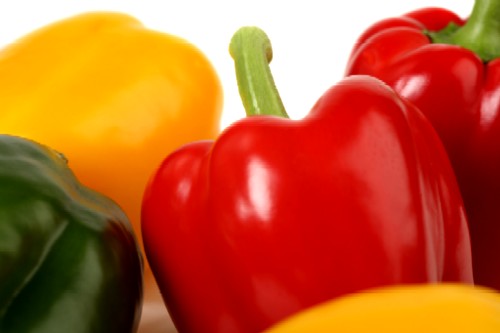
Peppers
These are available in sweet or in hot varieties. Sweet peppers, bell or bullnose in shape, are shipped green but turn red as they mature. Hot or pungent varieties may be either green or red. They may be small (chili) to large. Chili, cayenne, and other varieties may be dried and strung before being sold. Peppers should be mature, firm, well-shaped, thick-fleshed, of good color and not shriveled, limp or pliable. Seeds should be developed and hard. Bad shapes way be wasteful, but are otherwise not objectionable. Avoid peppers with surface blemishes, bleached, discolored or blistered surfaces may be wasteful.
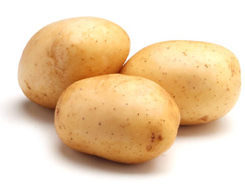
Potatoes
New potatoes are dug before maturity, will not stand rough handling, may be discolored of feathery. Late potatoes are more mature, are usually stored for winter or spring sale.
Potatoes should be sound, smooth, shallow-eyed, and reasonably clean. Dirt does not injure eating quality. Varieties vary in shape, size, color, and cooking qualities. Medium sized potatoes are usually most desirable, but this may depend on anticipated use. Uniformity in size and variety is desirable. Wilted, leathery, discolored potatoes should be avoided. Sunburned potatoes show a green color on the surface and usually bitter and inedible.
Some potatoes may have a "hollow heart" which may not be wasteful, or black heart which is wasteful, and particularly objectionable in potatoes used for baking. Wet and leaky potatoes have been frozen. These usually have a black ring or black flesh when cooked. They lack flavor. Wet rot, dry rot or other decay may be cut away, but is wasteful. Small perforations indicate wire worms which are extremely wasteful. In late spring or early summer, old potatoes may be shriveled, soft or spongy, or may have sprouted. These are wasteful and may not cook satisfactorily.
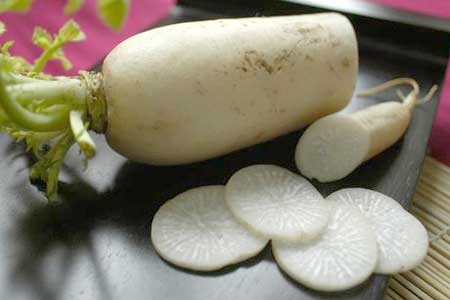
Radishes
These vary in color, shape, and size. A good radish is well formed, smooth, form, tender, crisp, and mild. Leaves give a little indication of quality. Old radishes may be coarse, dry, or yellow, are usually strong in flavor, and may be woody. Avoid radishes which are pithy or spongy.
Common Varieties:
Spring : bunches of small, red, long white "icicles"
Summer : round, pungent, white, up to 4 inches in diameter; long types, 3 to 10 inches long
Winter : largest, strongest, long-root types

